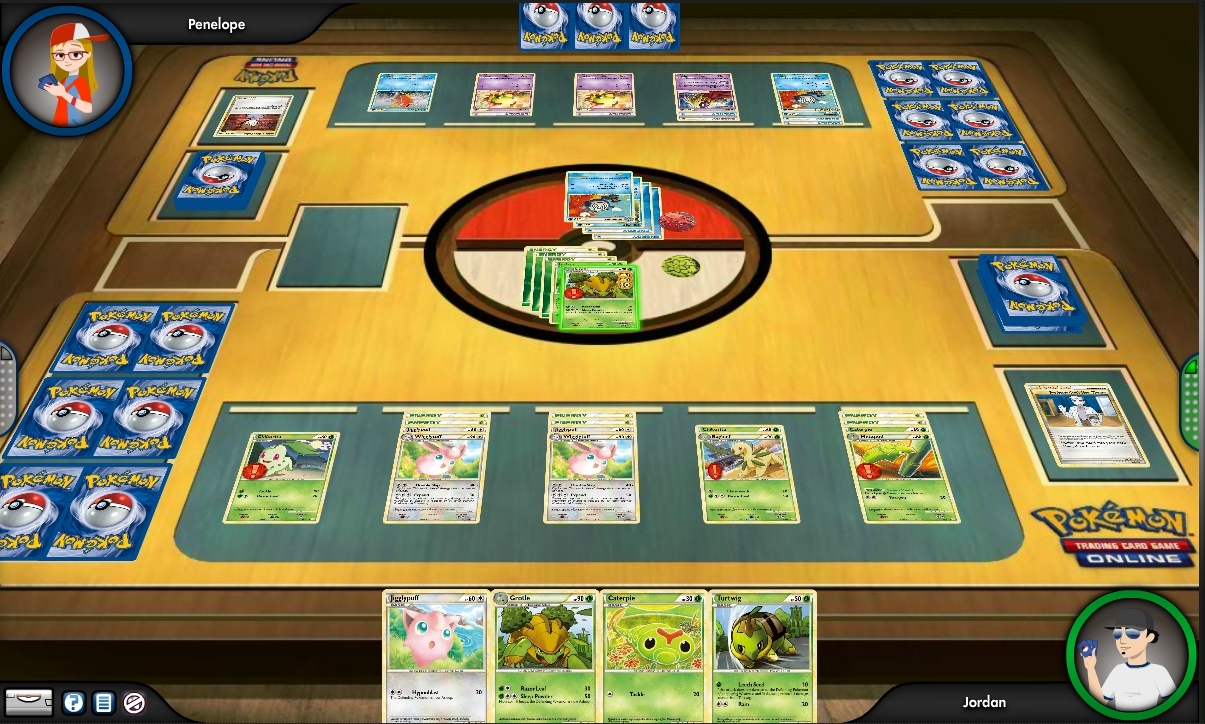Square Enix's MMO Dragon Quest X will land on Nintendo's (NTDOY +0.00%) 3DS in September in Japan, making it the most ported title in the 28-year-old series' history. The game has already arrived on the Wii, Wii U, Android smartphones, and Windows PCs, but what sets the 3DS version apart from other 3DS titles is that it can be streamed over the cloud.

Dragon Quest X. Source: Square Enix.
Square Enix is supporting cloud-based cross-play between the 3DS version and all the other versions, meaning that gamers can pick up where they left off on a Wii, Wii U, smartphone, or a PC. The only drawback is that the 3DS version of Dragon Quest X will lack 3D support for the top screen. The game, which is only available in Japan, reportedly had 300,000 daily active users in March.
Cross-play is already possible on all the other versions of Dragon Quest X, but it's only one of a handful of 3DS games -- including Disney Infinity, Cubemen 2, Monster Hunter 3, and Pure Chess -- that are cross-compatible with their Wii U counterparts.
Nintendo's not a fan of the idea
Cloud-based gaming and cross-platform play opens up a world of possibilities for various multiplayer games, but it's also one that Nintendo has been reluctant to embrace.
Last year, Nintendo President Satoru Iwata stated that Nintendo had no interest in cloud-based games, due to possible lag that could disrupt the controls. Iwata also stated that Nintendo didn't plan to merge the Wii U and 3DS into a single platform with cross-play features, as Sony (SNE 0.04%) has done with the PS4, PS3, and PS Vita for certain games, although it would allow third-party developers to create cross-play games.
Since Dragon Quest is such a major franchise in Japan, could the cloud-based and cross-platform play of Dragon Quest X convince Nintendo to add these features to its first-party games as well?
What cloud streaming games could mean for Nintendo
Considering Nintendo's position on cloud-streaming and cross-play games, it's not surprising that the upcoming 3DS and Wii U versions of Super Smash Bros. will not be cross-compatible with each other. However, customized characters can be saved and transferred between both games.
The lack of cloud streaming and cross-play in Super Smash Bros. is disappointing, since Nintendo missed out on some fascinating gameplay opportunities. If those two features had been implemented, a 3DS gamer could challenge a Wii U player at home to a fight, with both players seeing different versions of the same screen. Of course, there are big technical hurdles -- the 3DS version would require downgraded graphics compared to the Wii U version, and lag could cause players to miss button presses.

Super Smash Bros. for Wii U. Source: Nintendo.
Nintendo's alternative to cross-play is Amiibo, the collectible figurines that can store customized character data for games like Super Smash Bros. A 3DS player could store the data on their Amiibo (although the peripheral hasn't been released yet) and place it on the Wii U GamePad to continue playing. It's not a bad idea, considering that Activision Blizzard's (ATVI +0.00%) Skylanders, which operate on a similar principle, grew into a $2 billion franchise in just over two years.
Yet Nintendo shouldn't completely ignore the possibilities presented by Square Enix's cloud-based expansion of Dragon Quest X to so many platforms. For example, Nintendo could release a cross-play version of Animal Crossing (which is much less dependent on real-time button mashing) for the 3DS and Wii U to be played over the cloud. If Nintendo ever softens its hardline stance on mobile games, the game could also be ported to Android or iOS to provide a seamless gaming experience between the home console, handheld, and mobile platforms.
What cloud streaming games could mean for Sony
Sony, on the other hand, is embracing cloud streaming and cross-play gaming with open arms.
Sony's subscription and rental-based PlayStation Now service will allow gamers to stream PS1, PS2, and PS3 games. The idea is simple but ambitious -- to take away the concept of "owning" older games, and instead stream them like Netflix videos. The service will be available on PS3, PS4, PlayStation TV, and newer Sony TVs at the end of July.
This approach is very different from Nintendo's idea of backwards compatibility. Nintendo's Wii U is compatible with Wii games, and gamers can purchase emulated versions of select older games individually on its Virtual Console platform.
Sony is aggressively expanding its collection of cross-play games. So far, over 30 PS3 games and a handful of PS4 games offer cross-platform play with the PS Vita. But a big drawback is that cross-platform games usually don't offer equivalent gameplay experiences between platforms. For example, in Ubisoft's (UBSFF 10.71%) upcoming game The Division, the player on the PS Vita can only control a drone to support ground-based teammates on the PS4. However, games like Sony's upcoming top-down shooter Helldivers will offer identical cross-play experiences for PS3, PS4, and PS Vita players. Like Dragon Quest X, Helldivers can be saved on one platform and resumed on another.

Helldivers. Source: Sony.
The Foolish takeaway
In terms of cross-play and cloud-based gaming, Sony has a very clear and ambitious vision. Old games will become subscription-based ones, while newer games will be played and resumed across multiple platforms.
Nintendo doesn't like Sony's approach because it's technologically messy. However, Nintendo might be missing out on a technological shift by neglecting cloud-based and cross-play opportunities in its first-party titles.
Last year, Nintendo discussed the possibility of adding subscription-based games to its eShop. Although it has yet to launch any first-party subscription-based titles, the success of Dragon Quest X, which costs $15 per month, shows that keeping gamers plugged into a game across multiple platforms could be a very profitable strategy.






